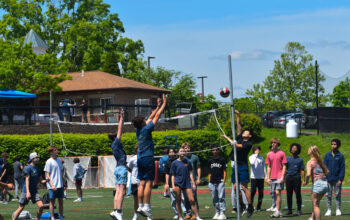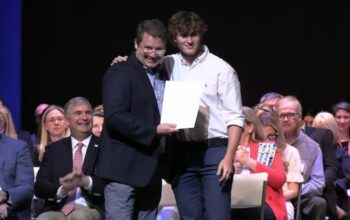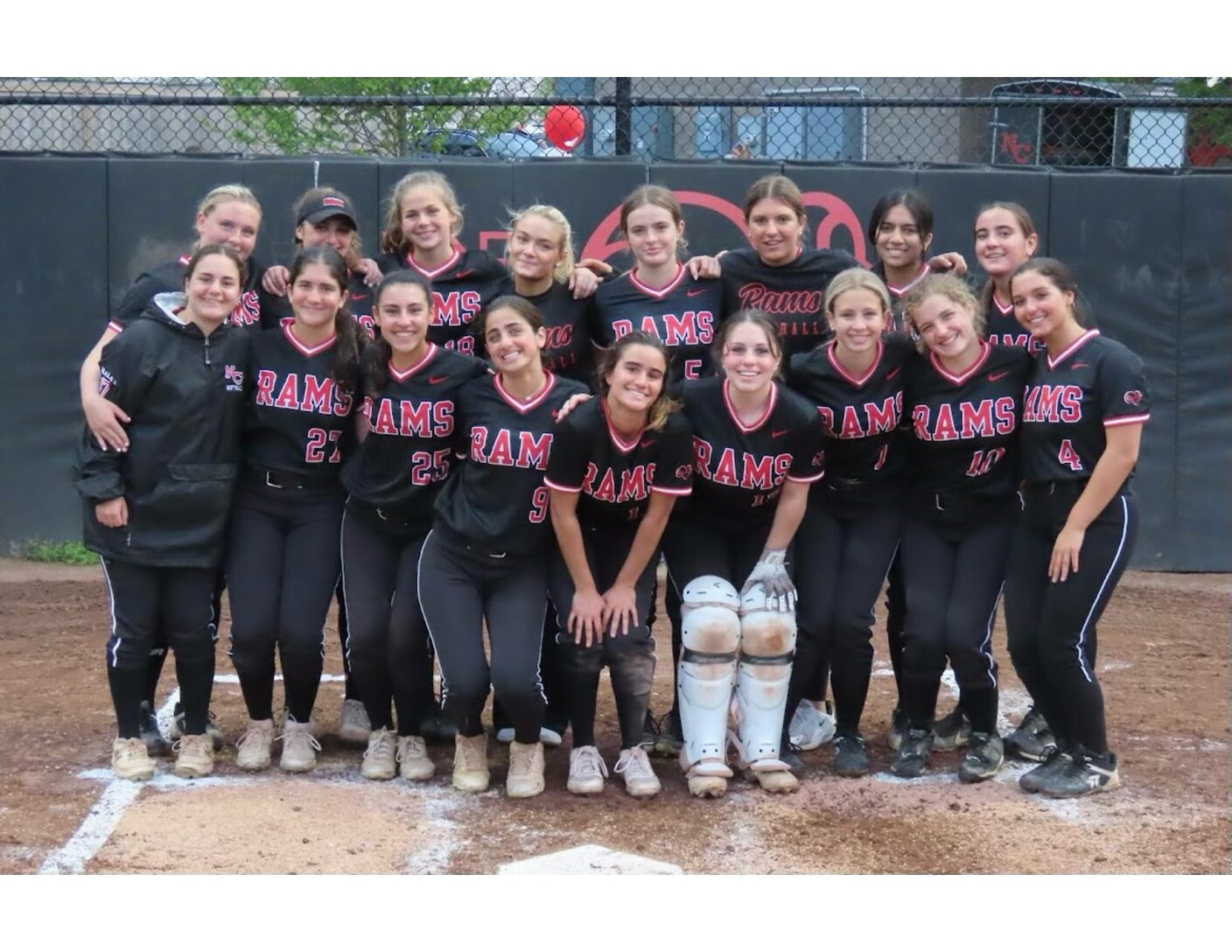
Gabrielle Ames
Reporter
Despite the cancellation of the Jan. 8 statewide robotics competition and the postponement of the Feb. 5 competition in Manchester, CT, due to inclement weather, the VEX robotics team continues to prepare for their next competition on Feb. 24 in Manchester.
Career and Technology Education Department Head Jim Zambarano was the creator of the club, though students decided on robotics for the club’s activity. “I’ve always been the advisor for the Technology Student Association, the TSA, which has been a club every year for the last eight years,” Mr. Zambarano said. “And what I try to do is get students interested in things that are technology-education related. So we’ve done things like solar-electric vehicles, hover crafts, and then we got into robotics one year because that was the students’ interest.”
The robotics club participated in BEST Robotics, (“Boosting Engineering, Science & Technology”), for two years (school years 2004-’05 and ’06-’07). The organization would send each participating club supplies, which students used to build a robot. “You would get two boxes of parts, not things that make sense,” Mr. Zambarano said. “Literally sheets of plywood, PVC, screws, nuts and bolts, and you have to somehow make a remote-control robot to complete a given task.”
In 2006, the first year of the robotics club, Mr. Zambarano went to a Connecticut Technology Education Conference, where he heard about VEX Robotics. By the next September, the club was officially participating in VEX Robotics.

“The BEST Robotics are very open-ended. The components are basic, everyday things off the shelf, whereas with VEX, you have to use all VEX components. The parts are pre-made, pre-drilled. You can cut them, or file them, or bend them, but they have to be VEX parts,” Mr. Zambarano said.
“I find that building the robot is not as difficult in VEX as it was in BEST. I think kids see success sooner and faster, so the will to continue is stronger. What motivates the students to stay on and continue is the fact that within a period, 40 minutes, they can build a base that they can control, and that excites them to keep going.”
The process of building a working model is a group effort. “As a whole group, we first picked out or came up with our own designs and then we came together as a group and shared them and did a matrices: Is if feasible? What kind of materials are we going to have to use? Then we gave it a check if it would do that and an x if it didn’t,” junior Bryan James said.
The final design is a compilation of all the positives from each design. But even then, there is never really a final design. “A lot of it is trial and error. An idea in your head sounds like it will work but then it either doesn’t or does, and that’s how a lot of the robot is built,” Bryan said.

Members who attend VEX competitions say they are never sure of what will happen on the field. Often times adjustments have to be made to the robot on site. “When you realize your robot can’t reach the top height, you’ve got to change it. When you realize your robot can’t turn left, you’ve got to change it,” junior Will Nemiroff said.
“It’s amazing how many different ways you can solve a problem,” Will said. “Building robots is definitely helping my problem solving skills in other classes, especially physics or other sciences where you have to logically think out a problem. And surprisingly, English too. This competition teaches you a logical process through which you reach your goal and it’s the same with an English essay: beginning to end you need a logical process. The TSA group isn’t necessarily teaching you to build a robot, it’s teaching you to solve a problem with a given set of tools.”
Editor’s Note: Article originally appeared in the print edition of the February Courant 2011. Mr. Zambarano’s title has been changed because it was incorrect in the print edition. The rest of the content remains the same.



